I’m pretty sure you’ve heard of homophones before. They’re those words that are pronounced the same way but have different meanings and spellings, and this is why they confuse a lot of people. But homophones can be fun sometimes and because of them, we have jokes like this: What happens when a frog’s car breaks down? It gets toad away. If you think this is funny, you will definitely enjoy the treat we have prepared for you in this article, which includes some interesting homophones examples. Bruce Worden is someone who is particularly interested in homophones and decided to make things simple for everyone. He created Homophones Weekly for the sole purpose of cleverly illustrating homophones in such an amusing way that everyone will not only enjoy but also get a perfect grasp of these confusing words.
1.

2.

3.

4.

5.

6.

7.

8.
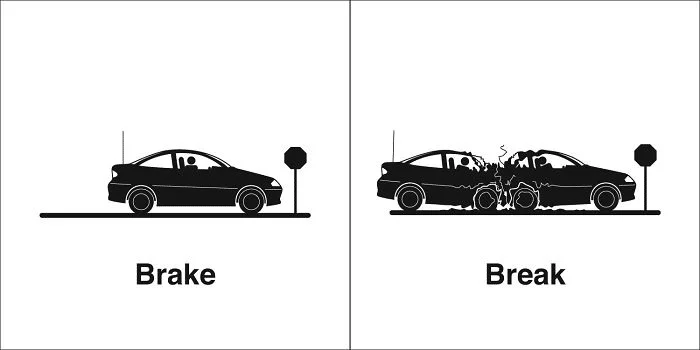
9.

10.

Homophones are fascinating because they showcase the quirks and complexities of language, often leading to humorous misunderstandings and clever wordplay. These words sound identical but have different meanings and spellings, making them a rich source of puns, jokes, and linguistic curiosity. For instance, classic homophones examples include “pair” and “pear,” “flower” and “flour,” or “see” and “sea.” Their existence highlights how context shapes meaning, proving that pronunciation alone isn’t enough to understand a word. Whether used in poetry, branding, or everyday conversation, homophones add depth and playfulness to language, making them a favorite topic for language lovers.
11.

12.

13.

14.

15.

16.

17.

18.

19.

20.

Homophones offer endless opportunities for creativity, humor, and wordplay. One fun way to use them is through puns—cleverly swapping words like bare and bear in a sentence can create amusing double meanings. Homophones also shine in riddles and jokes, like “Why did the fisherman always know what to say? Because he had a reel good vocabulary!” Additionally, they play a big role in branding and advertising, where companies use names like “Sole Mates” for a shoe store or “Knead & Feed” for a bakery. Poetry and storytelling also benefit from homophones, adding layers of meaning and playful ambiguity. Exploring different homophones examples in daily conversations, games, or even social media captions can make language more engaging and fun!
21.

22.

23.

24.

25.

26.

27.

28.

29.

30.

31.

32.

33.

34.

35.

36.

37.

38.

39.

40.

41.

42.

43.

44.

45.

46.

47.

48.

49.

50.

51.

52.

53.

54.


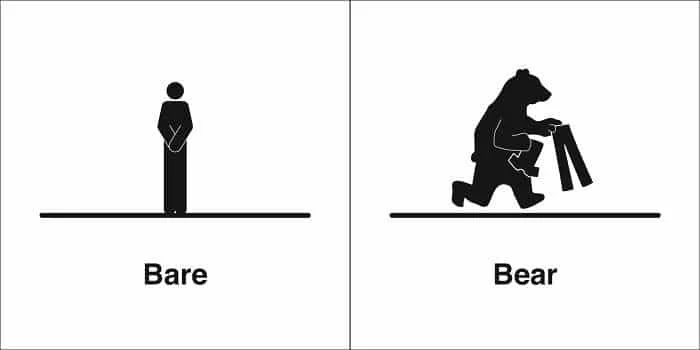
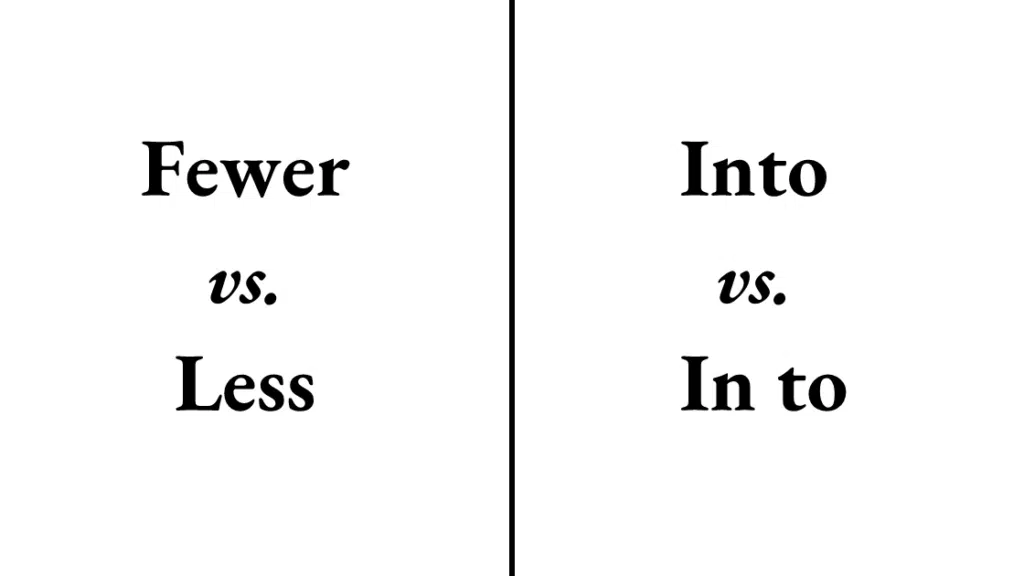
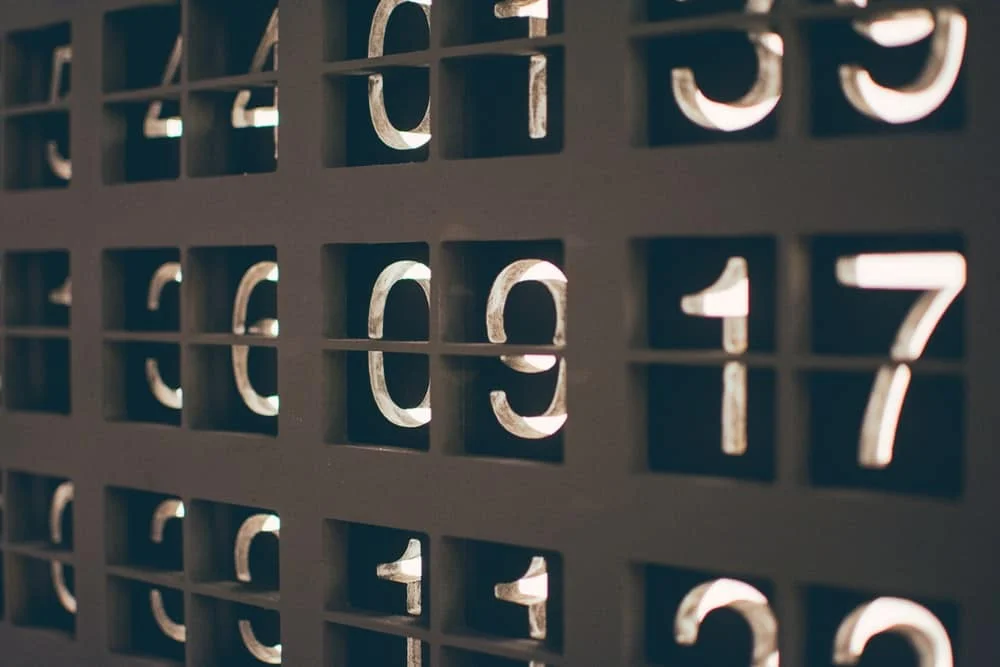

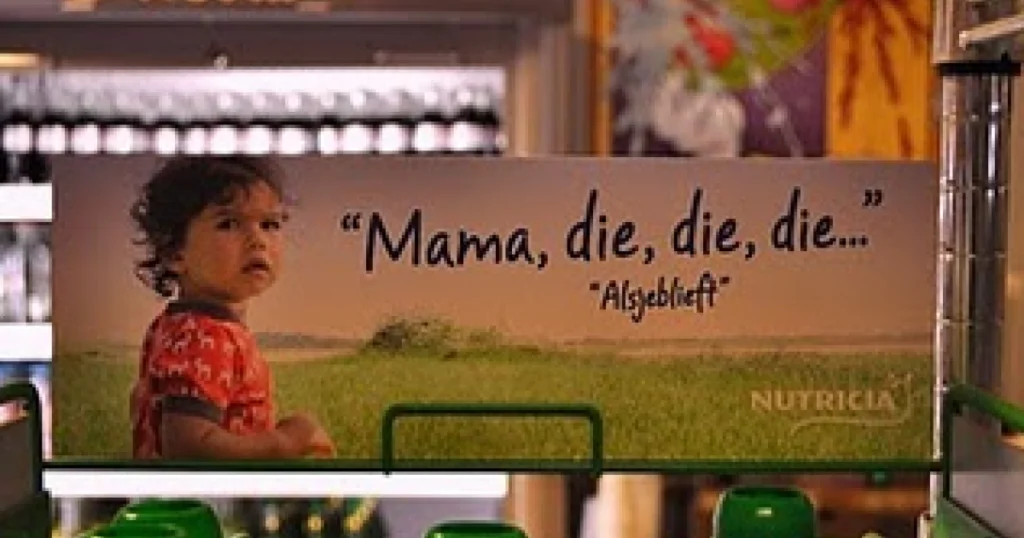
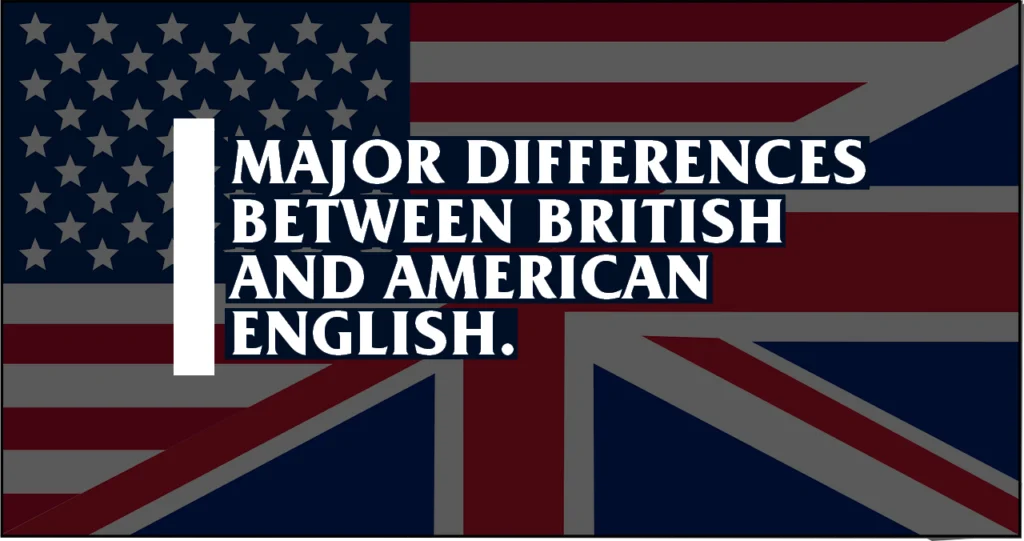

Interesting. I don’t pronounce loose and lose the same way, however! Must be regional
Some are subtle, but several of these are not pronounced the same if you are a careful speaker: 5, 9, 15, 22, 34, 38, 45, 53. Sometimes the accent makes the difference: desert carries the accent on the first syllable, while dessert is accented on the second. Please note: I didn’t look in the dictionary!
Desert as a verb (to desert the army) is accented on the second syllable, just like dessert. Ur getting mixed-up with desert the noun (a hot, dry place) which is accented on the first syllable.
Of course this is not a complete list,
Off the Top of my head I can think of : two (the number), to (a place), too (also)…
Four (number), for…
lead (an army), lead (a lump of metal)
Such basic confusions of different words with same sounds are often dismissed as trivial ,yet they can bring a sea of semantic difference if they are not in place.
It’s a great pack of information and we’ll presented for learning -teaching situations.
Point 51 is not correct. Lightening is the present participle of Lighten. It should be lighting and lightning.
Lead is not a homophone. The lump of metal is pronounced as a short e, as in get. The verb lead (an army) is pronounced as a long e, as in seem. So it is a homograph, same spelling but different pronuncation. However, lead (short e) and led are homophones, same sound but different spelling.
I don’t think anybody actually pronounces them the same. That should no be on the list.
Yes, good point!
– de’-sert: a dry place
– de-sert’: to abandon one’s post
– de-ssert’: a sweet dish eaten after a meal
It’s never easy.
I’m not sure non-native speakers will pronounce it same 🙂
But they can pronounce as same another different words 🙂
Today just read, here also some examples of that kind or words:
https://www.reddit.com/user/Aszkobar/comments/gaaezp/the_worst_language_in_the_world/